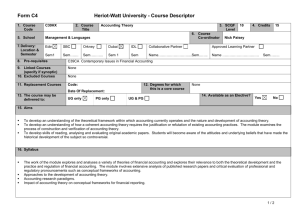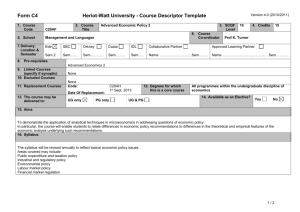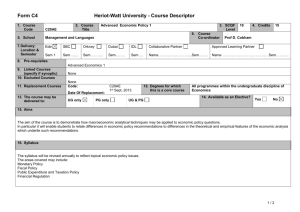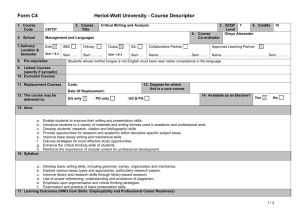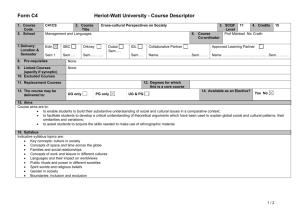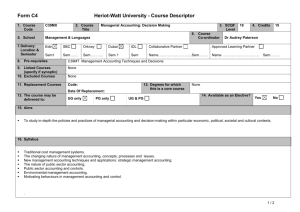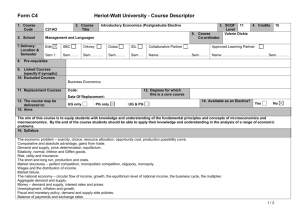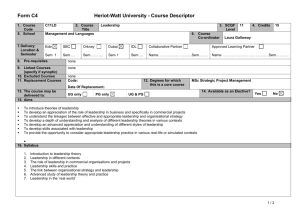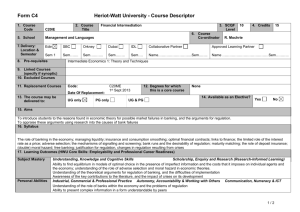PowerPoint - Lerchl-Fertility-Internet-II
advertisement
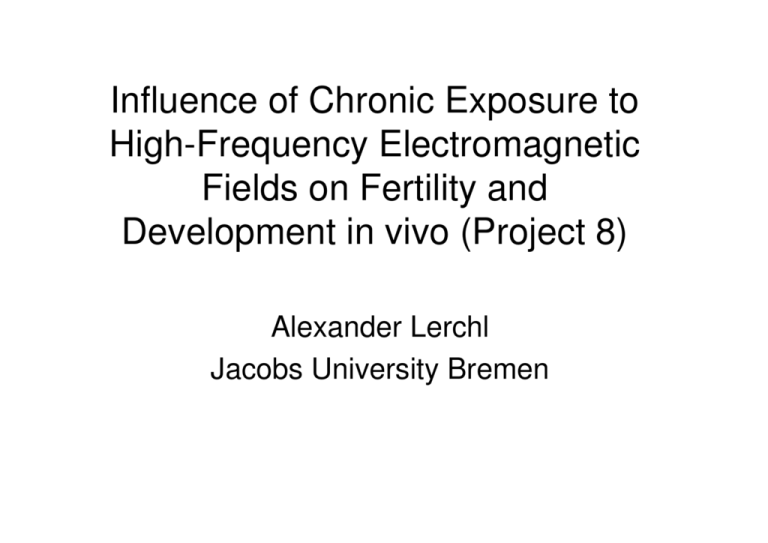
Influence of Chronic Exposure to High-Frequency Electromagnetic Fields on Fertility and Development in vivo (Project 8) Alexander Lerchl Jacobs University Bremen Background • So far, only limited data are available with respect to long-term effects of exposure to electromagnetic fields on laboratory animals. • Especially, fertility and developmental effects need to be investigated over extended periods of time (multiple generations). Experimental Design • SAR values: 0 (sham), 0.08, 0.4, and 1.3 W kg-1 • Blinded design • n = 32 pairs of mice (C57Bl; 1 male + 2 females) per generation and SAR value • 4 generations (F0 – F3) • Exposure 24 hrs / day, life long exposure Experimental Design • F0 generation exposed (1 male + 2 females) • From the offspring of these animals, the F1 animals were recruited. • From the offspring of these animals, the F2 animals were recruited. • From the offspring of these animals, the F3 animals were recruited. • The experiment was terminated a few days prior to delivery of the F3 dams. Endpoints • Body weight (regularly) • Males: sperm count, malformed sperm • Females: litter size, uteri weights, corpora lutea, implantation sites, resorptions • Pups: body weight, time point of eye opening, reflex tests, survival rates Exposure Units 4 identical units with 32 (2 x 16) cages Exposure Units Absorber Homogeneous Exposure 1,2 Measurement results Cage area 1,0 0,8 0,6 sin-Curve (Metal walls) 0,4 Measuring points 0,2 0,0 0 2 4 6 8 10 12 14 16 Results: Wrong Strain? • During the course of the experiment it turned out that the C57Bl mice have a high number of pups per litter (which is in agreement with statements from the company), but the number of surviving pups is extremely low. • Therefore, a second pregnancy had to included. Results: Testis Morphology Sperm per tubule ± SEM Sperm Count 125 Unit 1 Unit 2 Unit 3 Unit 4 n.s. for Units 100 75 50 25 0 F0 F1 F2 F3 Malformed sperm per tubule ± SEM Results: Testis Morphology Malformed Sperm Count 7.5 Unit 1 Unit 2 Unit 3 Unit 4 n.s. for Units 5.0 2.5 0.0 F0 F1 F2 F3 Corpora Lutea per Ovary ± SEM Results: Corpora Lutea Corpora Lutea n.s. for Units 8 Unit 1 Unit 2 Unit 3 Unit 4 7 6 5 4 3 2 1 0 F0 F1 F2 Results: Litter Size Litter Size n.s. for Units Litter size ± SEM 8 Unit 1 Unit 2 Unit 3 Unit 4 7 6 5 4 3 2 1 0 F0 F1 F2 Water Consumption (g/g animal) ± SEM Results: Water Consumption Water Consumption p < 0.001 for Units 0.25 Unit 1 Unit 2 Unit 3 Unit 4 0.20 0.15 0.10 0.05 0.00 F0 F1 F2 F3 Food Consumption (g/g animal) ± SEM Results: Food Consumption Food Consumption p < 0.001 for Units 0.2 Unit 1 Unit 2 Unit 3 Unit 4 0.1 0.0 F0 F1 F2 F3 Results: Males’ Body Weight Male Body Weight p<0.05 for Units Body weight ± SEM 40 Unit 1 Unit 2 Unit 3 Unit 4 30 20 10 0 F0 F1 F2 F3 Preliminary Conclusions • Apparently, there are no consistent or strong effects of UMTS exposure on fertility or fertility-related parameters. • Effects may exist with respect to food and water consumption and body weight, thus consistent with previous reports. • Final data analysis will reveal possible dose-response relationships (the code will be broken in a few weeks). Acknowledgements • Bundesamt für Strahlenschutz, Dr. Asmuß • University of Wuppertal, Chair of Electromagnetic Theory (Prof. Hansen) • Karen Grote, Thomas Ströhlein, Dr. Angela Sommer, Dr. Kirstin Schwarzpaul, Tatiana Simon (all Jacobs University) Questions?
